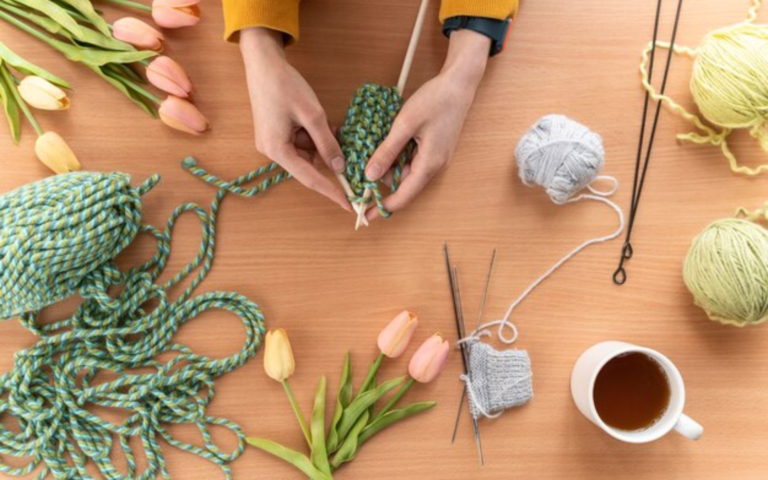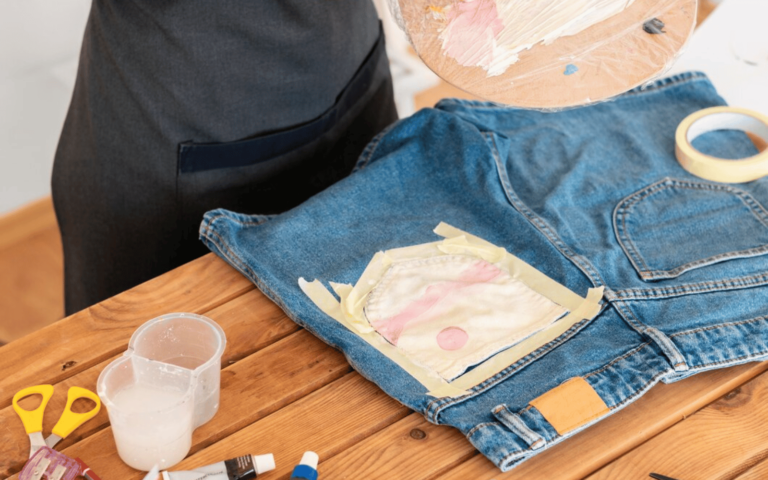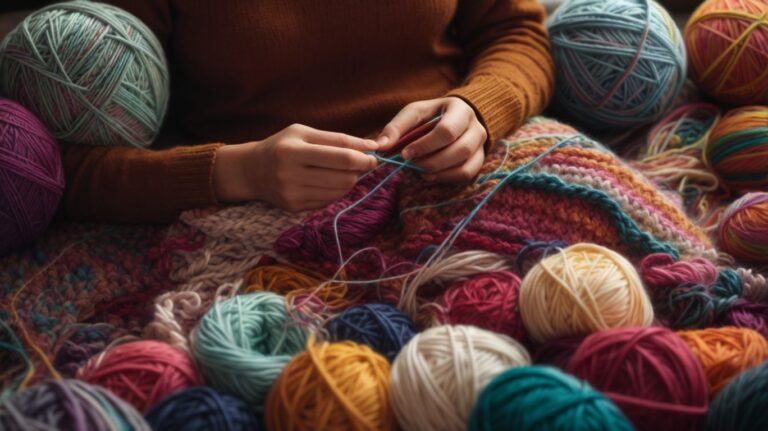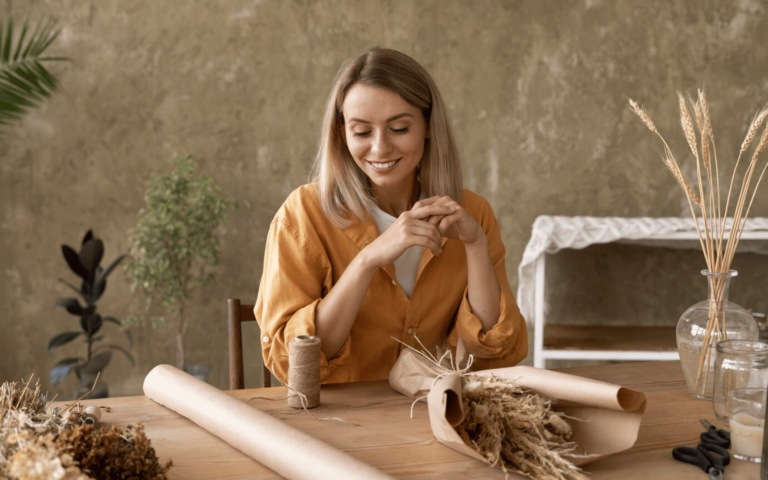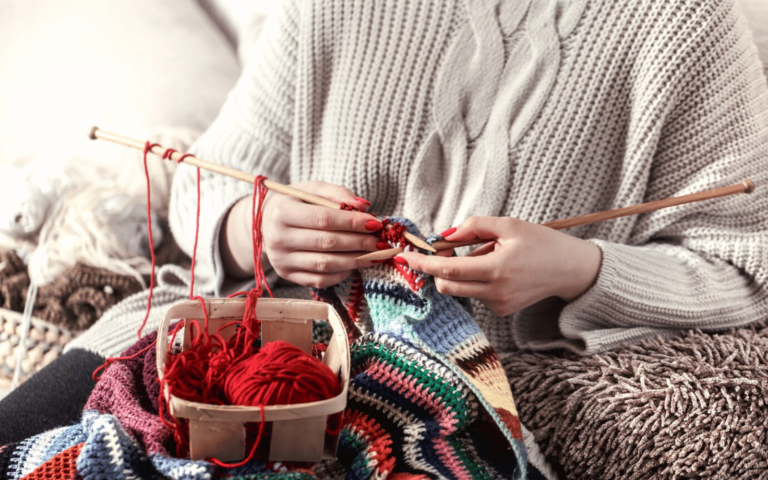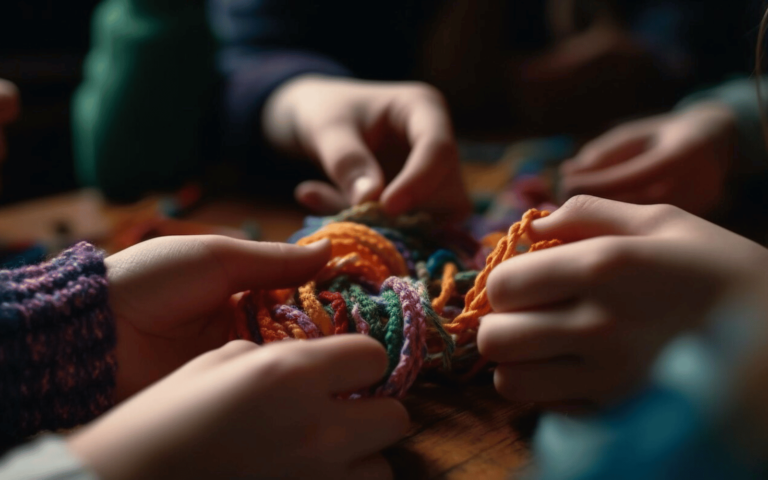Knitting Orthodox Liturgical Garments with Golden Ornaments
The art of making liturgical garments has a long history. Orthodox Christian traditions have greatly influenced their creation. The use of gold and silver threads in these garments shows their spiritual and hierarchical value.
Knitting these garments, especially with golden ornaments, is a devotion. It demands patience, skill, and knowledge of the symbols in the designs and materials.
Key Takeaways
- The significance of golden ornaments in Orthodox liturgical garments.
- Historical context of knitting for liturgical use.
- Techniques and materials used in creating these garments.
- The role of liturgical garments in Orthodox Christian worship.
- Symbolism behind the designs and patterns used.
Understanding Orthodox Liturgical Garments
Liturgical garments in the Orthodox tradition are more than just clothes. They hold deep historical and spiritual value. These garments have evolved with the church’s history and practices.
Historical Significance
The history of church vestments knitting and religious garment knitting goes back to the church’s early days. At first, priests wore everyday Roman Empire clothes during liturgy. As time went on, the Orthodox church developed unique garments to show the clergy’s differences.
This change wasn’t just about looks. It was tied to the church’s theology and rituals. Garments evolved with society but kept their spiritual importance. For example, certain clothes were linked to certain clergy ranks, guided by church laws.
Common Types of Garments
Orthodox tradition has many liturgical garments, each with its own meaning. The sticharion, epitrachelion, and felonion are among the most common. The sticharion is a flowing garment for clergy and servers, symbolizing purity.
The epitrachelion is a neck-stole, showing the priest’s grace. The felonion is a cloak for priests and bishops, representing Christ’s yoke.
These garments are key in the liturgy, filled with symbolism. They reflect the faith and the clergy’s roles.
The Role of Colors and Symbols
Colors and symbols on these garments are not just for show. They hold deep meanings. Gold and white are for major feasts, showing joy. Darker colors like purple are for fasting periods.
Symbols like crosses and icons of saints are on the garments. They remind everyone of the liturgy’s spiritual importance and the Orthodox faith’s beliefs.
The Art of Knitting
Making ecclesiastical knitting for Orthodox liturgy is a detailed process. It mixes old techniques with deep meaning. Knitting these sacred clothes needs a strong grasp of both the craft and its spiritual value.
Choosing the Right Yarn
Picking the right yarn for Orthodox liturgical clothes is key. It affects the look and lasting quality of the garment. High-quality materials like silk, brocade, or damask are often chosen for their beauty and meaning.
Think about the color and texture of the yarn. These elements hold deep meaning in Orthodox tradition. For example, gold thread symbolizes divine light and glory.
Essential Knitting Techniques
Knowing the basics of knitting is crucial for making the detailed patterns seen in Orthodox liturgical clothes. Techniques like intricate patterns, embroidery, and gold thread weaving are used a lot.
| Technique | Description | Symbolic Meaning |
|---|---|---|
| Intricate Patterns | Complex designs that need patience and precision | Shows the beauty and complexity of divine creation |
| Embroidery | Decorative needlework that adds beauty and detail | Means the richness and depth of spiritual tradition |
| Gold Thread Weaving | Weaving gold thread into the fabric for extra decoration | Represents divine light and glory |
By using the right yarn and these knitting techniques, artists can make beautiful Orthodox liturgical clothes. These clothes hold deep meaning and are used in sacred places.
Incorporating Golden Ornaments
Golden ornaments add beauty and spiritual depth to handmade liturgical garments. They are not just pretty but also carry deep meanings. These symbols represent divinity, royalty, and glory.
Using golden ornaments in liturgical clothes is a long-standing tradition. It shows how important these clothes are in religious events. Gold in these garments connects the wearer and the viewer to the divine.
Types of Golden Ornaments
There are many golden ornaments used in Orthodox liturgical garments. These include embroidery, appliqué, and intricate gold threading. Each method needs a lot of skill and focus.
If you’re curious about gold vestments, check out gold vestment suppliers. They offer a wide range of golden ornaments for liturgical clothes.
Techniques for Attaching Ornaments
Adding golden ornaments to knitted clothes needs precision and care. Hand embroidery, beading, and appliqué are common methods. The choice depends on the garment and the look you want.
Attaching golden ornaments is a hard process that takes patience and effort. But the result is a stunning, spiritually meaningful garment.
Patterns for Liturgical Garments
Knitting liturgical garments means picking patterns that show the rich heritage of Orthodox worship attire. These patterns are not just beautiful but also carry deep meanings.
Traditional Patterns
Traditional patterns for Orthodox liturgical garments often have intricate designs and symbols. These patterns have been passed down through generations. They are known for their embroidery and ornate details. Some common traditional patterns include:
- Intricate cross designs
- Floral motifs symbolizing spiritual growth
- Geometric patterns representing unity and harmony
In the late Byzantine period, embroidery was used on plain silk textiles. The post-Byzantine period favored patterned silk textiles for liturgical use. Understanding this history helps us see how traditional patterns evolved.
Modern Interpretations
Modern interpretations of Orthodox liturgical garments offer a new view. Contemporary designs might use new materials and techniques, like using metallic threads or modern yarns. Yet, they keep the traditional symbolism.
Some modern interpretations include:
- Incorporating contemporary symbols or motifs that resonate with modern worshippers
- Using a mix of traditional and modern materials to create unique textures
- Experimenting with different colors and patterns to reflect personal or regional identities
By mixing tradition with modernity, knitters can make liturgical garments that are both meaningful and relevant today.
Tools and Materials Needed
Making beautiful Orthodox liturgical garments starts with the right tools and materials. It’s important to know what you need for an authentic and quality project.
Essential Knitting Tools
For knitting Orthodox liturgical garments, the right tools are key. You’ll need knitting needles that fit your yarn, a measuring gauge for size, and scissors for cutting yarn.
Other must-haves are a yarn needle for weaving ends and a stitch marker for complex patterns.

Recommended Yarns and Ornaments
Choosing the right yarn and ornaments is crucial. Use high-quality yarns for durability and luxury. For golden touches, golden threads or embroidery floss are perfect.
Looking for specific materials? Check out online marketplaces like eBay.
| Tool/Material | Description | Recommended For |
|---|---|---|
| Knitting Needles | Suitable for the type of yarn used | Main garment construction |
| Measuring Gauge | Ensures correct garment size | All knitting projects |
| Golden Threads | Adds golden ornamentation | Golden ornaments and embroidery |
| Embroidery Floss | Used for intricate designs | Ornamentation and detail work |
The Importance of Prayer in Creation
In the Orthodox tradition, making liturgical garments is more than a task. It’s a spiritual journey. The process is filled with prayer and spiritual intention. This shows how important these garments are in religious rituals.
St. Nikolai Velimirovic once said, “Prayer is the foundation of the soul, and it connects us with the divine.” This connection is key in religious garment knitting. Every stitch is like a prayer.
Spiritual Intentions
Knitting liturgical garments is filled with spiritual intentions. Crafters put their skill and devotion into every thread. This makes the garment a sacred object, ready for its role in the liturgy.
The choice of colors and patterns is guided by spiritual symbols. Gold thread, for example, represents divine light and God’s glory. This adds spiritual meaning to the garment.
Blessings and Rituals
Blessings and rituals make the garments even more spiritual. Many Orthodox knitters start with a prayer, asking for blessings. This act sanctifies the work and reminds the knitter of its sacred purpose.
“The blessing of the Lord makes one rich, and He adds no sorrow to it.” – Proverbs 10:22
Rituals are part of the knitting process. Knitters say specific prayers for each garment or include sacred symbols. These actions show the reverence for the craft.
Understanding the role of prayer in making Orthodox liturgical garments shows the devotion in sacred knitting. It’s a blend of faith, craftsmanship, and spirituality. This results in garments that are beautiful and deeply meaningful.
Customization and Personalization
In the world of Orthodox liturgical garments, blending tradition with personal touch is key. Making these items involves following patterns but also adding special touches. These make each piece unique and meaningful to the wearer.
Incorporating Specific Symbols
Symbols are very important in Orthodox liturgical garments. They carry deep spiritual meaning and connect the wearer to the church’s tradition. When making these garments, knowing the symbols’ meanings is crucial.
- Crosses: Often symbolize faith and protection.
- Icons: Represent specific saints or biblical events, serving as a visual connection to the divine.
- Floral patterns: May symbolize spiritual growth or the Garden of Eden.
Thoughtfully adding these symbols can make garments both beautiful and deeply meaningful.
Tailoring to Individual Preferences
Priests and clergy have their own likes when it comes to liturgical garments. They might choose colors or fabrics. Knowing these preferences is key to making garments that are both practical and symbolic.
For example, some might prefer silk or brocade for their phelonia and epitrachelia. The fabric choice greatly affects the garment’s look and feel.
Knitters can create unique pieces by mixing traditional methods with modern customization. This way, they honor the church’s heritage while meeting the clergy’s individual needs.
Maintenance and Care of Garments
To keep golden ornament knitting in Orthodox religious textiles looking great, you need to take good care of them. These garments are not just important religious items. They are also beautiful works of art that need careful handling.
The fabrics and golden details in these garments are very delicate. If you don’t take care of them right, they can get damaged, fade, or wear out.
Washing and Drying Tips
When washing Orthodox liturgical garments, you must be gentle. It’s best to have them cleaned by professionals. This is especially true if they have intricate golden details or embroidery.
- Use mild detergents made for delicate or historical textiles.
- Stay away from bleach and harsh chemicals. They can harm the fabric or make the gold tarnish.
- Hand wash the garments in cold water. Don’t wring or twist the fabric.
To dry them, lay the garments flat on a clean towel. Do this away from direct sunlight to prevent fading. Reshape them as they dry to keep them from getting distorted.
Storage Recommendations
Storing Orthodox liturgical garments properly is key to keeping them in good shape. Here are some tips:
| Storage Method | Description | Benefits |
|---|---|---|
| Breathable Storage Bags | Use bags made of breathable materials like cotton or muslin. | Prevents moisture buildup, reducing the risk of mold and mildew. |
| Acid-Free Tissue Paper | Wrap garments in acid-free tissue paper to prevent damage. | Protects against acid transfer, which can discolor fabrics. |
| Cedar Linen Chests | Store garments in cedar linen chests. | Cedar naturally repels insects and provides a pleasant aroma. |
By following these tips, you can keep your Orthodox liturgical garments looking their best for a long time. Taking good care of them not only keeps their beauty. It also preserves their historical and religious value.
Community and Cultural Aspects
Knitting for worship attire is more than just a hobby. It’s a way to connect with tradition and culture. Making Orthodox liturgical garments brings people together, showing the value of faith and community in the Orthodox tradition.
Collaborating with Others
Working together is key when making Orthodox liturgical garments. Knitters can share their talents, learn new things, and create garments that are both stunning and spiritually rich.
Harikleia Sirmans, an academic librarian and dressmaker, is a great example. She combines sewing, needlework, and crocheting. Her story shows how diverse skills come together in knitting for liturgical purposes.
Learning from Experienced Knitters
Getting advice from seasoned knitters is crucial. They teach the traditional techniques and high standards of Orthodox liturgical garments. They share patterns and offer tips on the details that make these garments special.
By joining the community and learning from others, knitters can improve their skills. They can make Orthodox liturgical garments that are both respectful and visually appealing.
| Skill Level | Project Type | Recommended Yarn |
|---|---|---|
| Beginner | Simple Stole | Wool or Acrylic Blend |
| Intermediate | Intricate Patterned Vestment | Silk or Wool Blend |
| Advanced | Complex Iconographic Chasuble | Fine Silk or Gold Thread |
Resources for Further Learning
If you’re keen on knitting Orthodox liturgical garments, there are many resources to help you. Whether you’re new to knitting or have lots of experience, these resources can improve your skills. They offer guidance and support in creating church vestments and religious garments.
Recommended Literature
Books like “A Look at the Symbolism of Orthodox Vestments” by Phillip Blyth and “A Guide to Orthodox Liturgical Vestments” by Steven Shaheen are great. They give deep insights into the meaning and making of Orthodox liturgical garments. These guides help you understand the history and spiritual importance of the garments you’re making.
Online Forums and Communities
Online forums and communities focused on knitting and Orthodox liturgical garments are a great place to connect. You’ll meet others who share your interests and learn from their experiences. These platforms are perfect for sharing knowledge, getting tips, and keeping up with the latest in religious garment knitting.


